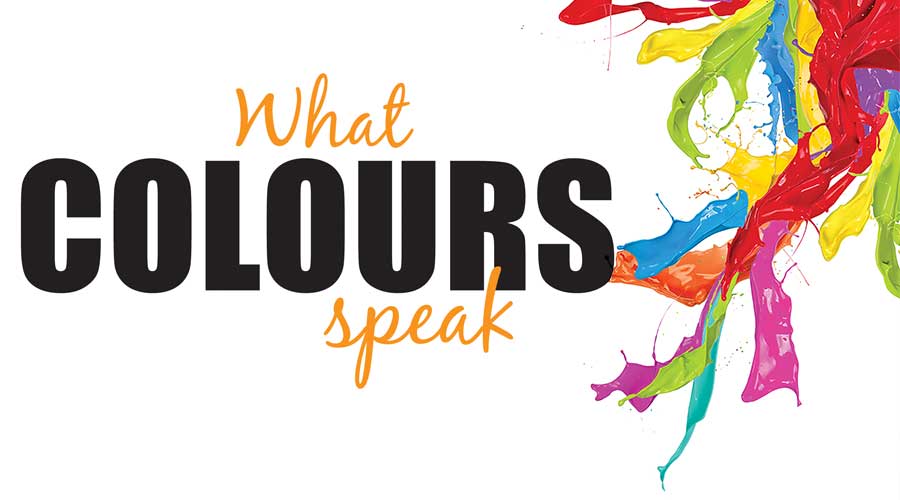SAKINAN-E SHAHR-E- QUAID PRESENTS INTERNATIONAL POETIC SYMPOSIUM
- 16 Apr - 22 Apr, 2022

Have you ever walked in a restaurant and felt a gush of warmth take over you at the sight of yellow walls? Or felt the corners of your mouth curve involuntarily into a hint of smile at pale pink walls? Colour psychology remains to be an under-research area but it’s a fascinating subject based on practical concerns without science backing it up. More often, feelings and sentiments associated with colours are also driven from culture and one’s personal experiences. Let’s take the colour white for instance. The western world might align it with innocence, purity and a dreamy white wedding while the eastern world, in complete contradiction, links it to mourning. But of course, none of it is universal or written in stone. Here’s taking a closer look at hues and understanding the psychology behind them.
Intense, emotional, exciting yet aggressive, red is the colour that demands attention, your road safety and danger signs explained. Red is also termed as a confident sartorial choice, and students claim they do better on exams wearing red. Often a bold and fun shade, marketing and fashion houses cash in on these vibes and go red on logos and packaging. Hint: What’s your favourite soda?
Does thinking of blue instantly ring up images of open skies in your mind? The colour emits calm and serene moods; it is non-threatening and radiates stability and reliability. For marketing purposes, businesses that want to create a relationship of trust, often pick blue for their logos and offices. Another added benefit that caused repetition in the corporate world: it increases productivity.
Vibrant, energetic and catches the eye, yellow is linked with increased energy levels but at the same time, an abundance of yellow could make people lose their temper. Babies tend to cry more in yellow rooms (don’t paint the nursery yellow!). It is very effective in advertisements since it’s an attention grabber and makes people aggressive and causes them to eat faster. An often repeated pick at fast food joints.
Intriguing, rare, royal, and oddly enough, spiritual – purple evokes feelings of wealth and wisdom and was a reserved sartorial pick for royals. People report that it enhances creativity and depth in them and often makes one feel exotic. Lighter hues of purple, example lavender, exude soothing vibes and induce daydreaming.
Another conflicted colour, white vibes with innocence, purity yet emptiness and sterility. Notice how hospitals adopt the blandness of white to imitate a sense of sterility? It creates the delusion of space and becoming a number one choice for interior to make living areas look larger. However, in the world of marketing, it mimics freshness and cleanliness and is adopted as a logo choice for many fashion houses.
People seem to have very conflicting opinions about black. Often associated with gloomy moods, it is said to be a sad colour but stands as the number one favourite colour of both genders. In the marketing and advertising world, black is associated with boldness, sophistication and luxury. Notice how most big luxury brands opt for black fonts in their logos? Black also seems to be a common fashion choice for men and women, thanks to its slimming quality.
Close to nature but emits jealous and envy as well, green is another conflicted colour that draws impact from its environment. The idea of green rooms came from its soothing, calming properties, however, the phrase green with envy was also born from a rather literal association of sickness.
Earthy and strong, brown draws a sense of dependability and security and tends to be a strong sartorial choice, thanks to its sophisticated evocation. In the corporate world, brown is used to create the persona of a brand rather than to induce feelings. A repetitive and common pick for interior and fashion choices by men and women, it is the least liked but usually opted.
COMMENTS